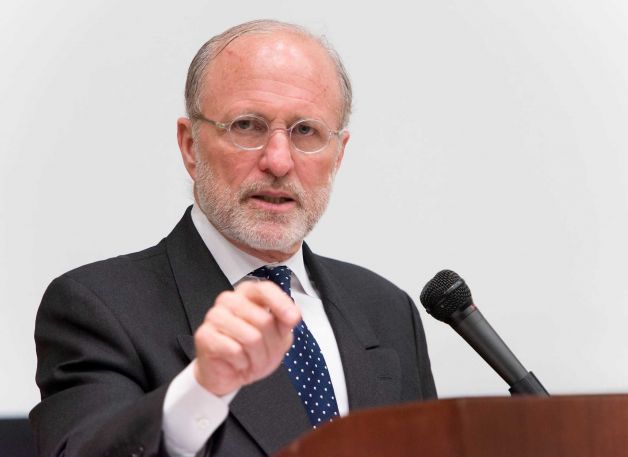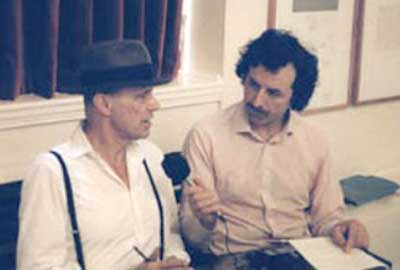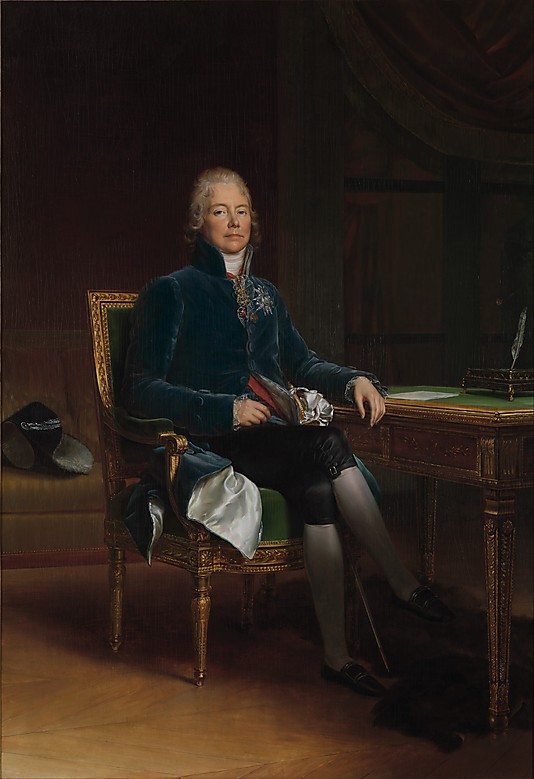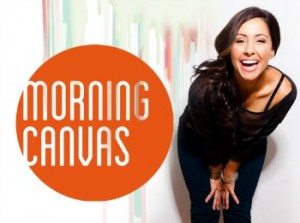In fall 2012, James Cuno, president of the Getty Trust, chastised art historians in an op-ed on the web for being behind the times in their use of digital tools. I agreed, and wrote a post about it. So I’ve watched to see what the Getty was going to do about it — and I outline some of those initiatives in today’s Wall Street Journal.
 My Cultural Conversation with Cuno is headlined Modernizing Art History, and it details his thoughts, as well as a few from others who work at the Getty, on digital art history.
My Cultural Conversation with Cuno is headlined Modernizing Art History, and it details his thoughts, as well as a few from others who work at the Getty, on digital art history.
Even though this is 2014, most curators and academic art historians remain a bit at sea about the real, as opposed to the theoretical, potential of exploiting digital technologies to create new knowledge in the art realm. But Cuno promised, as I wrote,
I’m convinced this is something the Getty has to enable. …We have the means to push the needle.
The Getty Foundation is sponsoring three institutes — at George Mason University, Harvard and University of California, Los Angeles — this summer, “where art historians can learn about the tools, methods and potential of digital art history.” Applications are closed, however, and as I understand it not everyone will be accepted.
I learned this morning of another such institute — also already full — at Middlebury College, sponsored by the Kress Foundation. It’s called the “Summer Institute on Digital Mapping and Art History” and runs Aug. 3 through Aug. 15.
I suspect we will need many more of these, along with a lot of good question that can be asked with the new tools, before we make great discoveries — but I am hopeful.




